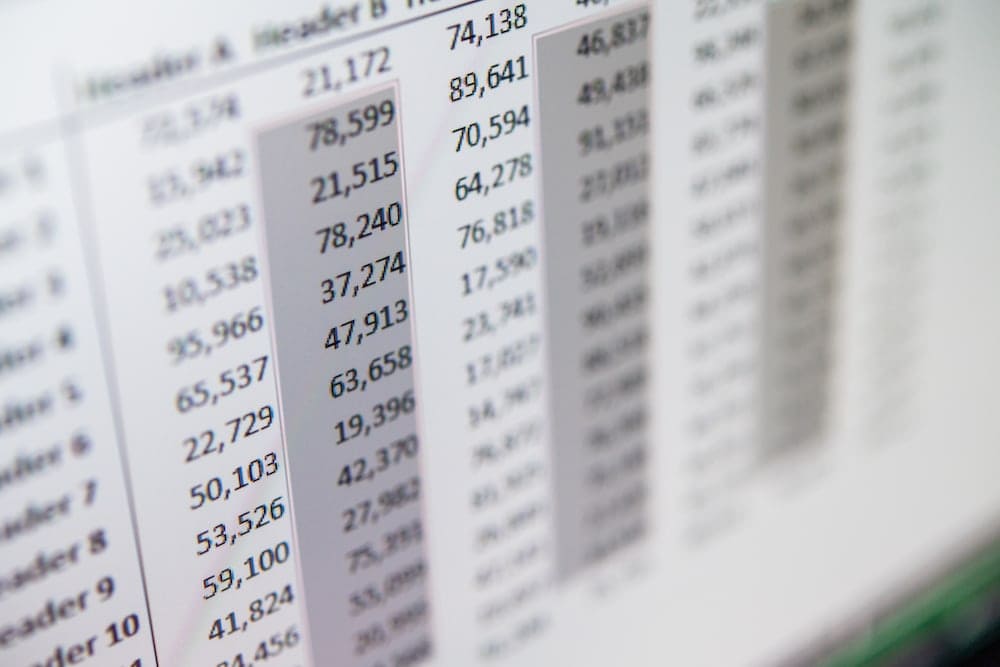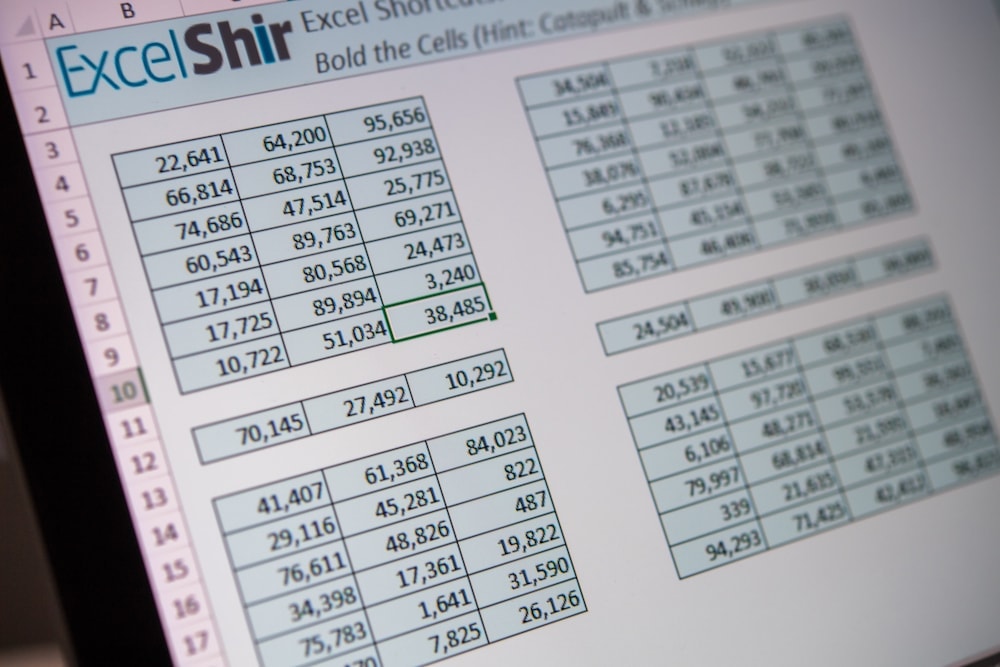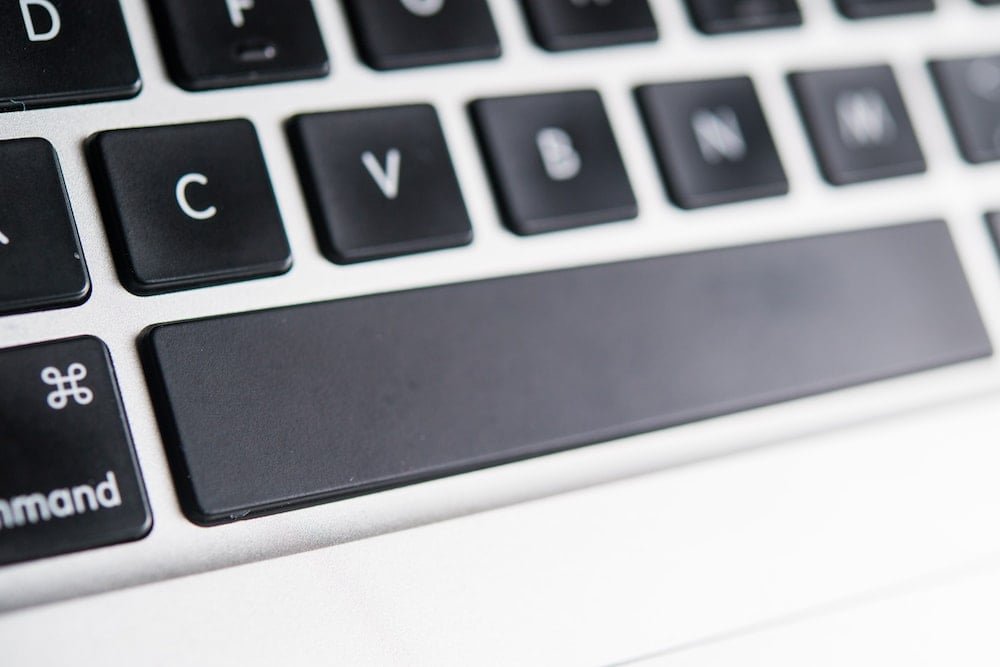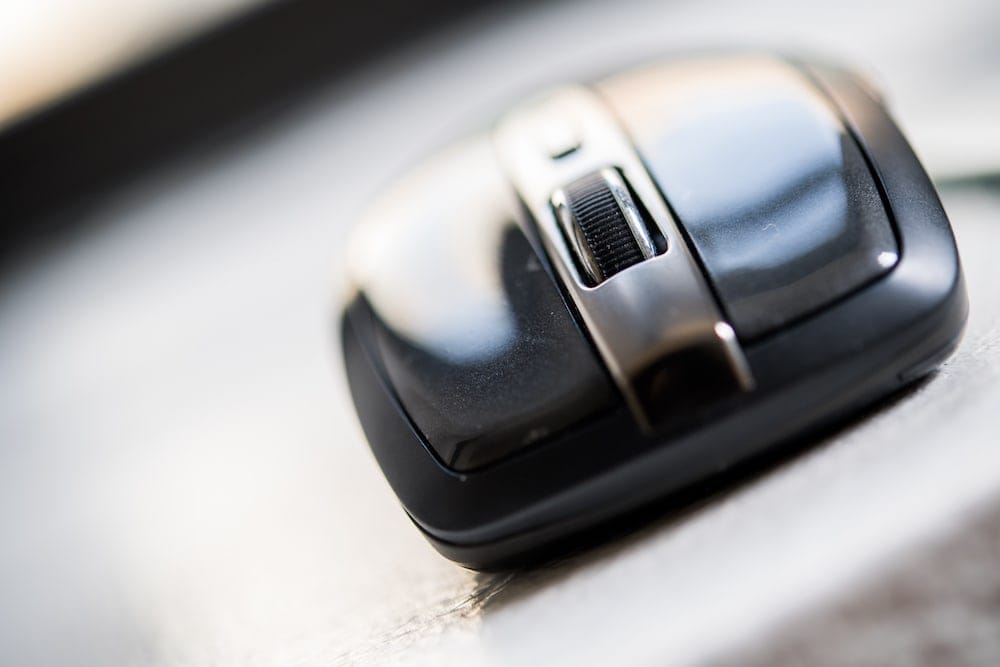Picture this: you have a lot of reformatting to do on your spreadsheet and there are pockets of different formatting sprinkled throughout. Finally there’s a shortcut to speed up that process!
In this video, I will teach you how to select multiple cells that aren’t next to each other without touching the mouse.
Download FREE Hands-On Exercises
Full Video Transcript:
Have you ever tried to select multiple cells that were not next to each other?
Sure, there’s CTRL + CLICK for the PC. There’s COMMAND + CLICK for the Mac. But in this video, I’m going to teach you the shortcut to select non-adjacent cells using only the keyboard.
If you want to select cells that are not next to each other using the mouse, the way to do it primarily is with the keyboard, pressing and holding the CTRL key and then clicking with the mouse. This is probably what you’ve done thus far. You can even click and drag and get a whole range going. That’s for the PC. For the Mac, it’s the same thing, except instead of CTRL, you’re using COMMAND, keeping it pressed, and then clicking around that way.
However, if you ever want to use the keyboard only, the way to do it is with SHIFT + F8. And the memory trick is, “You should have come along, you funny mate!” Which is terrible, I know. This is a terrible trick, but hey, it actually helps you remember. The should is the Shift, and the “funny mate” sounds like eight, so it’s kind of like, you know, close, I guess.
Either way, the way to do it here is to keep SHIFT + F8 pressed now, and then move with the ARROWS. And what that does is it keeps that selection in place before moving. If I Shift down and to the right, for example, and then hit SHIFT + F8 again, I can safely move without losing that selection.
So that’s the whole trick. Before you move, you want to hit the SHIFT + F8. Otherwise, you will “lose your work,” right? If I hit SHIFT + ARROWS and then I move aside without hitting SHIFT + F8, I start from scratch. So that’s a big tip right there, is not to do that until you’re done and you actually have it all selected that you want.
So there’s one more nuance, which is that if you want to take an entire range, you’ll go ahead and hit SHIFT + F8 once, move aside, as we saw. But if you want to take a single cell, you’ll hit SHIFT + F8 twice before moving on. Otherwise, it will not work. So if it’s a single cell, you hit it twice. And if it’s a range of cells, you hit SHIFT + F8 once before you move.
I’ve created a series of exercises for you to practice this shortcut specifically. So the way to do it is to go to the “Non-Adjacent Ranges” tab. You want to match the format. Everything that’s on the left here, you want to make it look identical to the way it is in the example on the right. The only difference here is the bolding. But use the shortcut that we just learned.
So select all of these, hit SHIFT + F8, and then that way, you’ll get it all selected before you even apply the bold. And you would do it all in one swoop, and that’s kind of the whole benefit of this shortcut. That’s for the ranges.
The next tab is going to be the same thing but with individual cells. Notice, you’re going to hit SHIFT + F8 the first time just once, but afterwards, SHIFT + F8 twice before you move on. Otherwise, it will not work. And that’s the whole trick there.
Finally, if you’re feeling adventurous, you’ll go to this “Non-Adjacent Challenge” and you’ll do all of these in one selection without using the mouse. And that way, you can practice all of this together.
Don’t forget to visit excelshir.com, where you can download these exercises, along with other free resources, such as keyboard shortcut cheat sheets for both PC and Mac.
Thanks for watching. See you next time. And if you can only take a stand for one thing in your life, take a stand for sharing the Excel love. That sounds like someone I would stand for.





